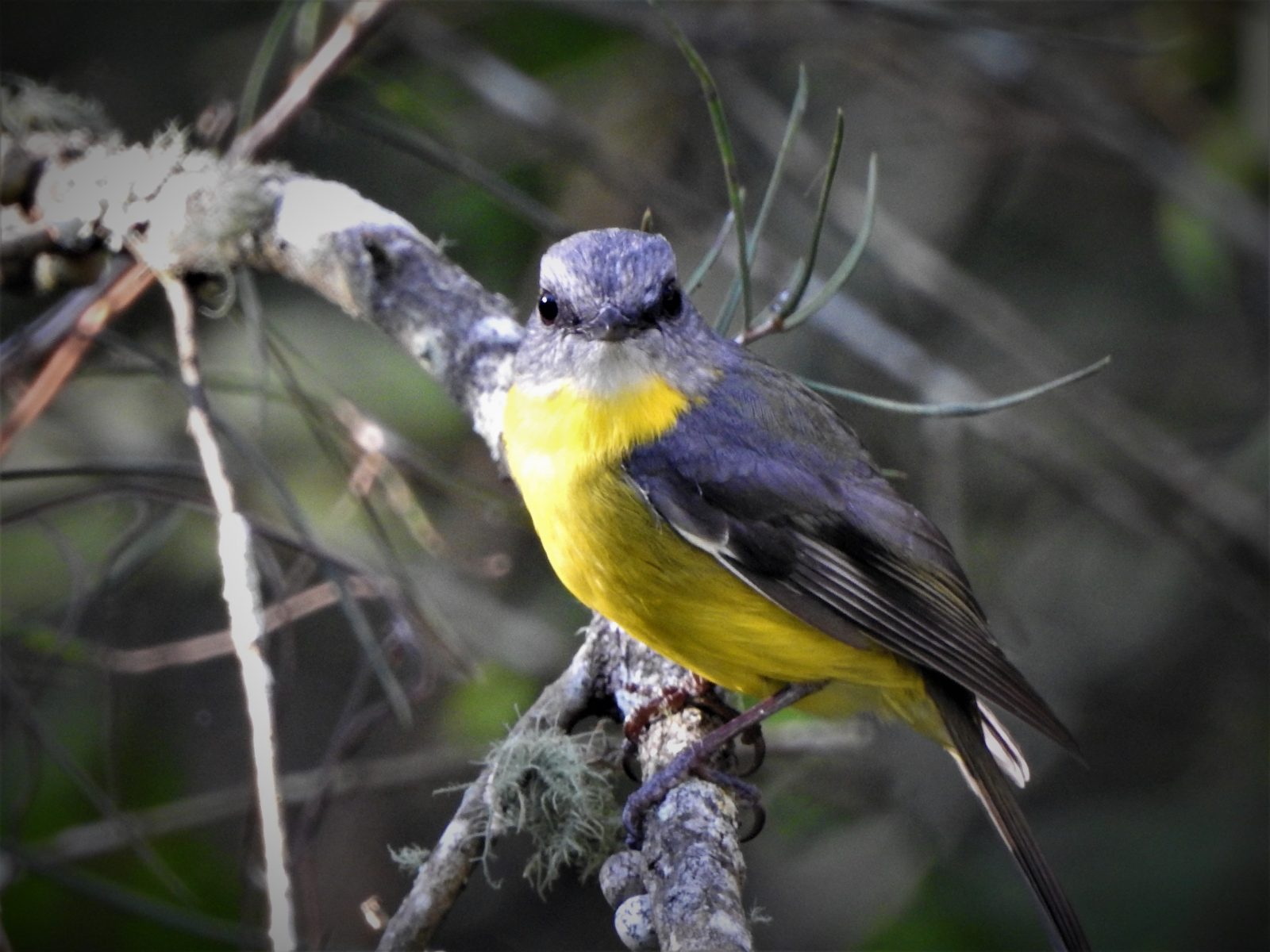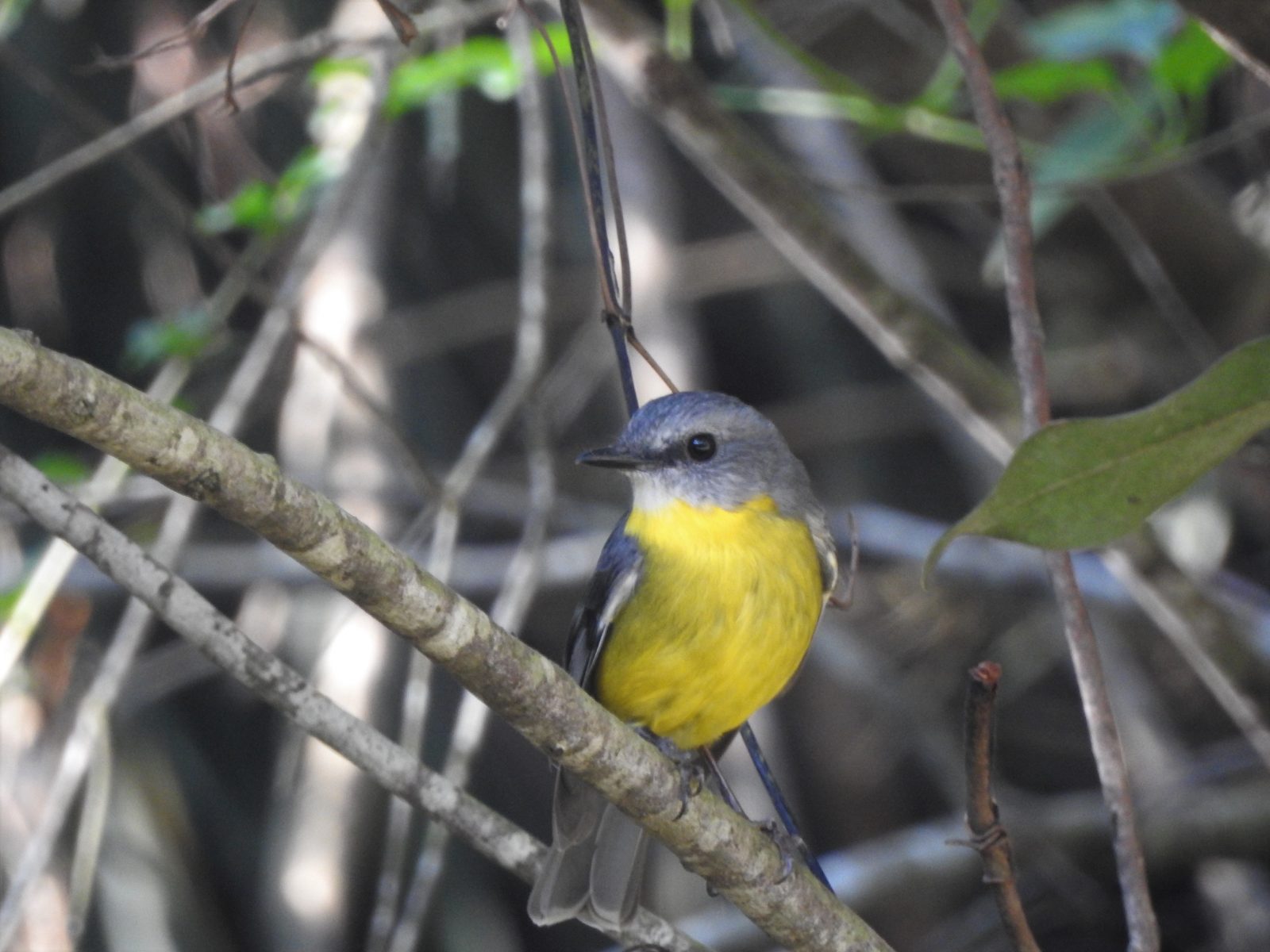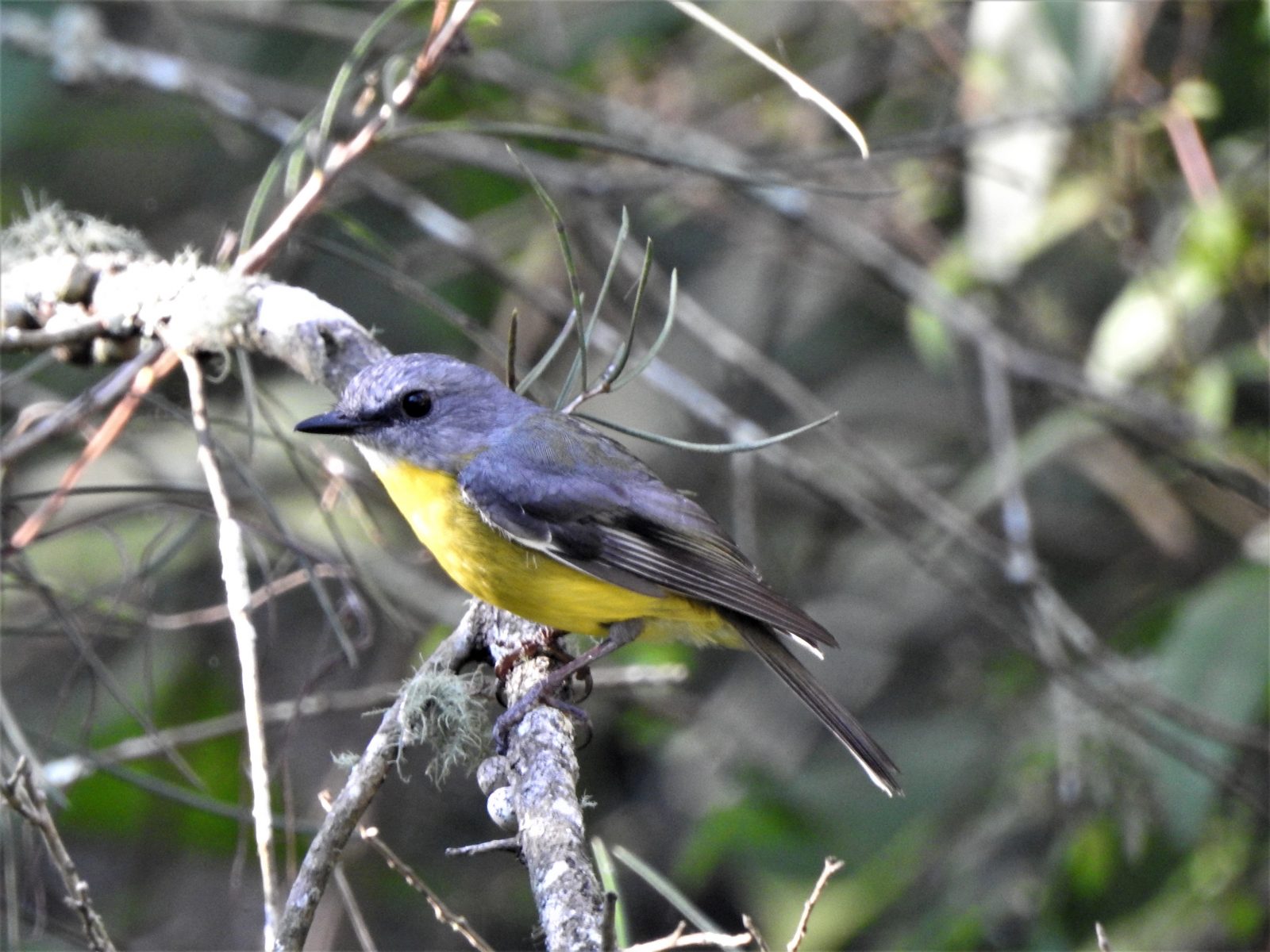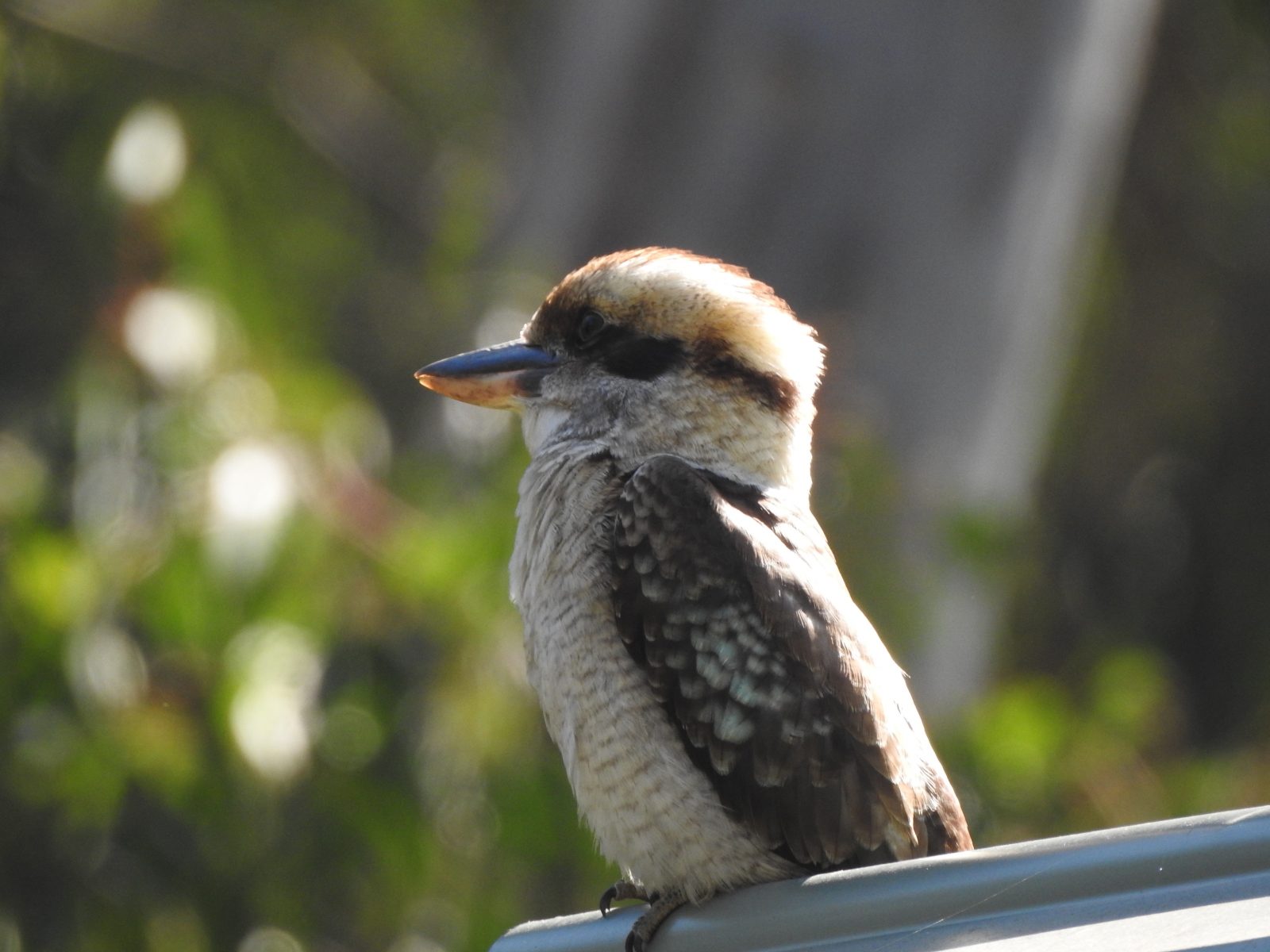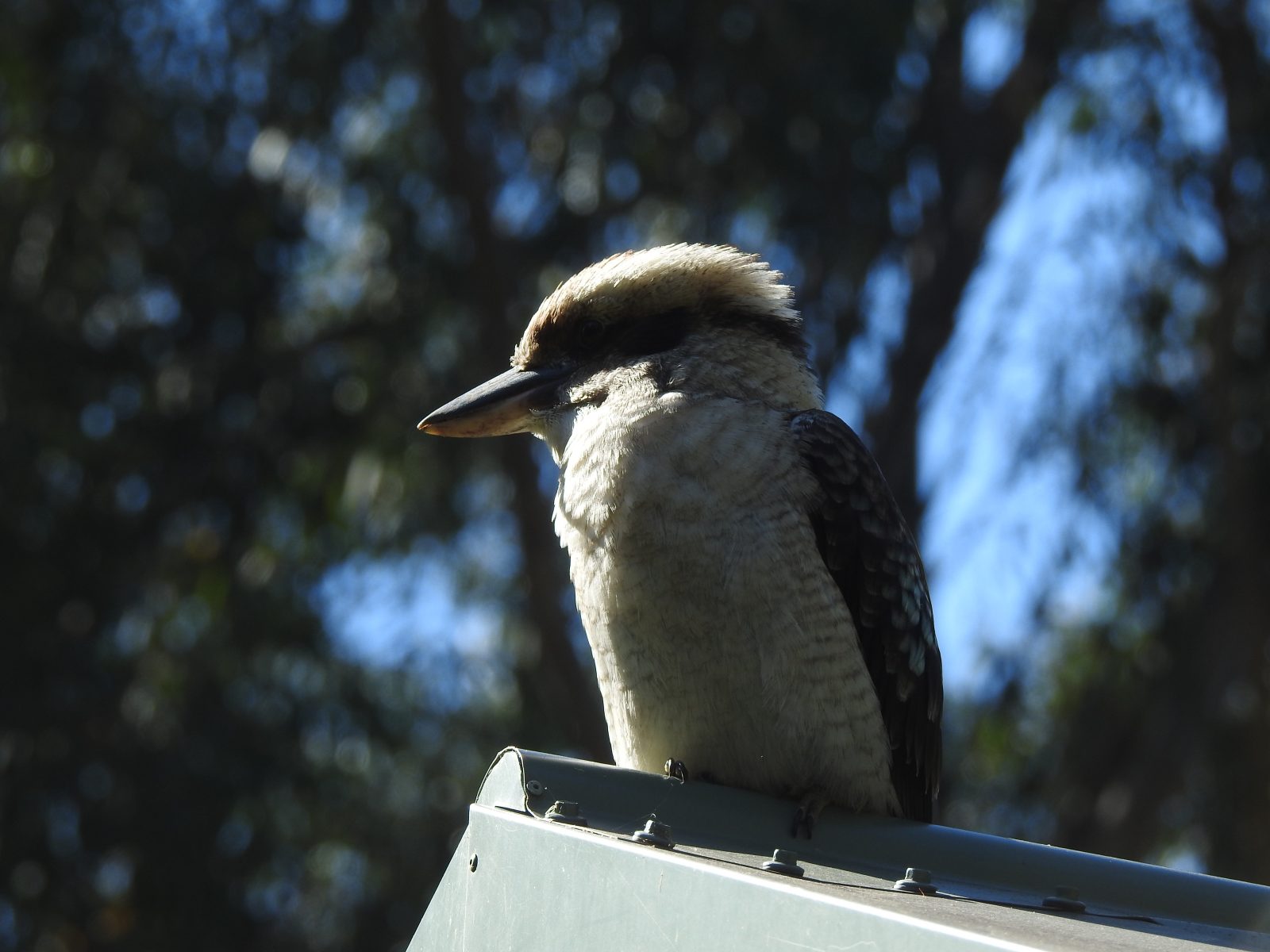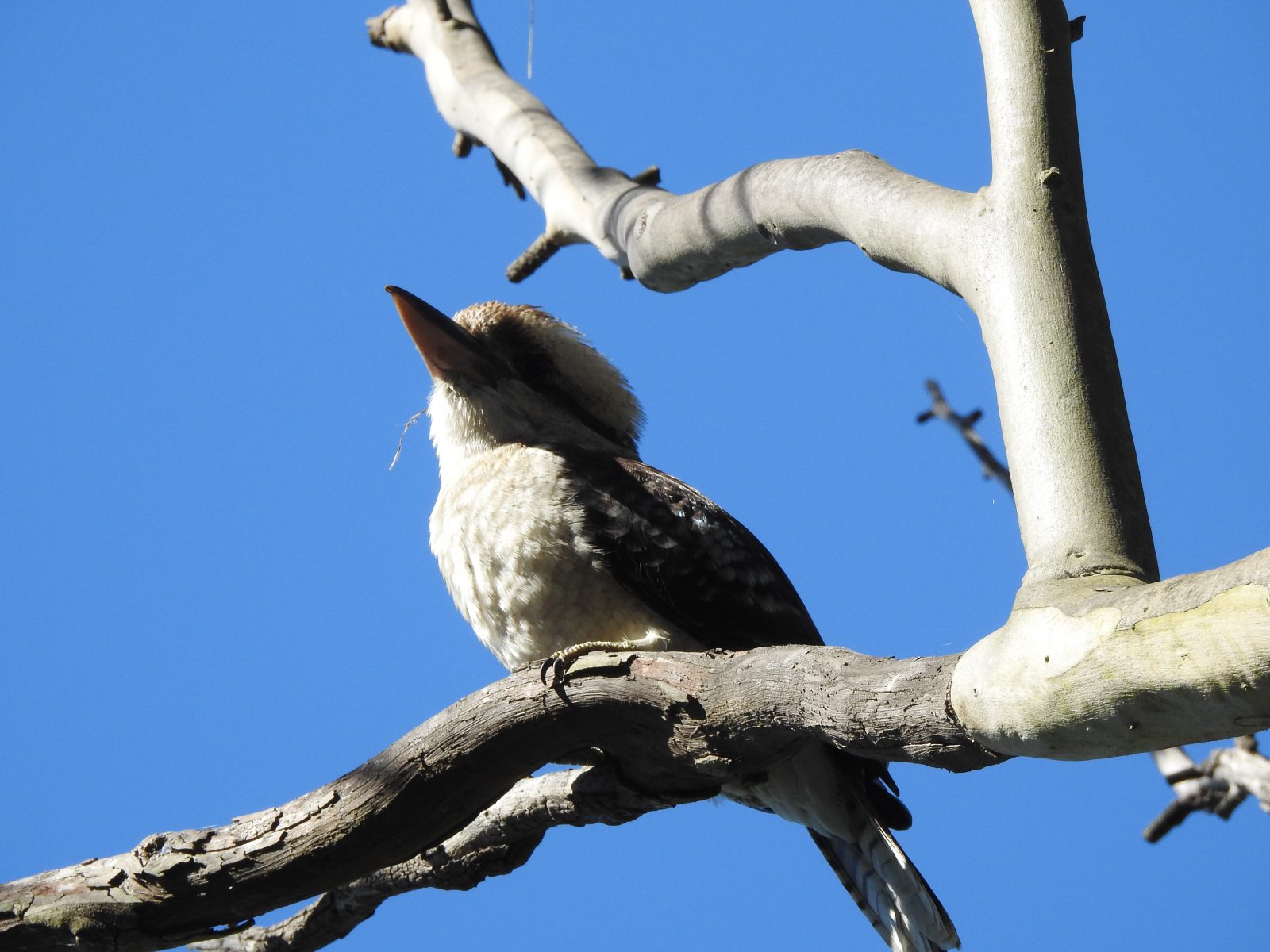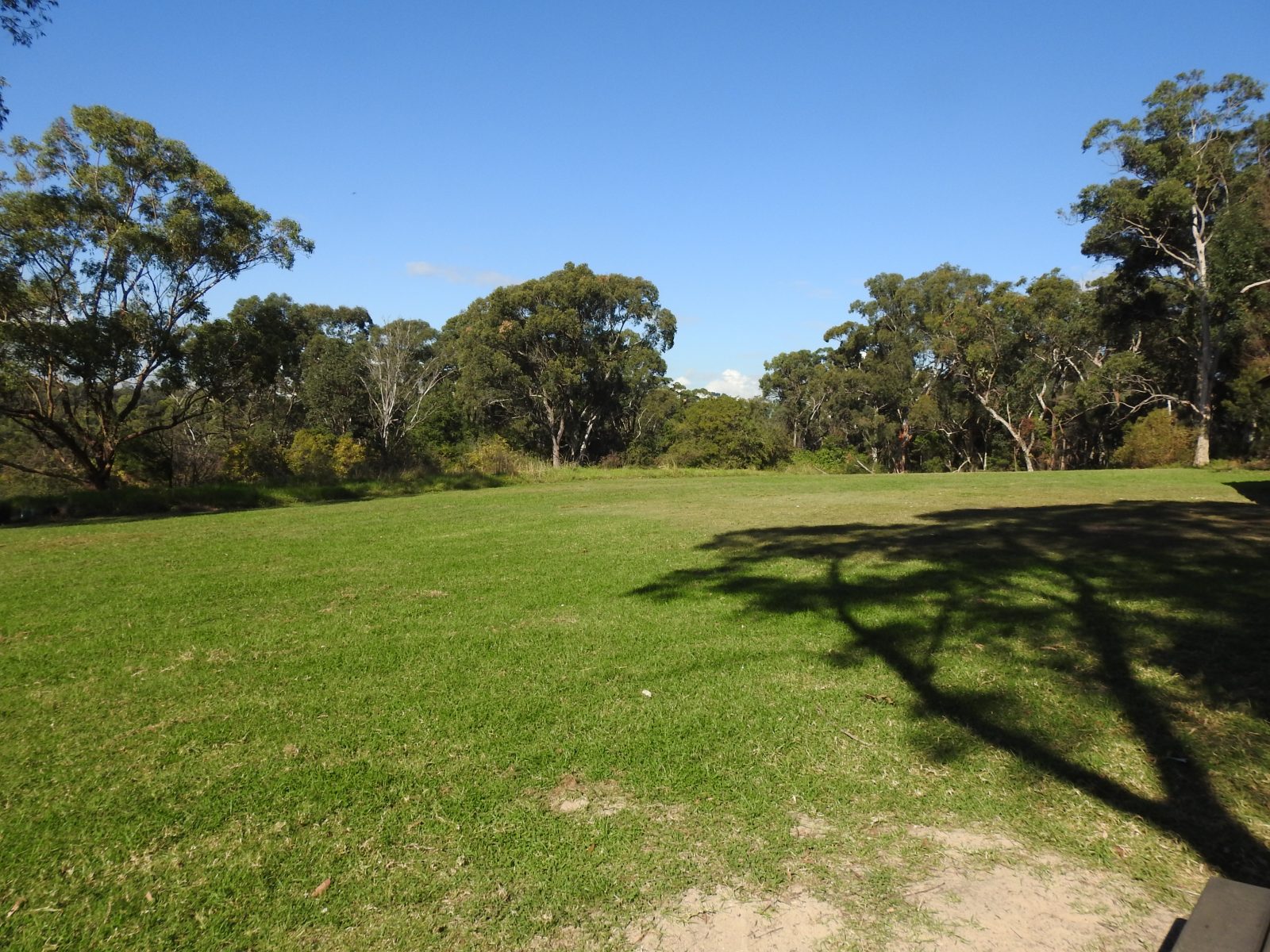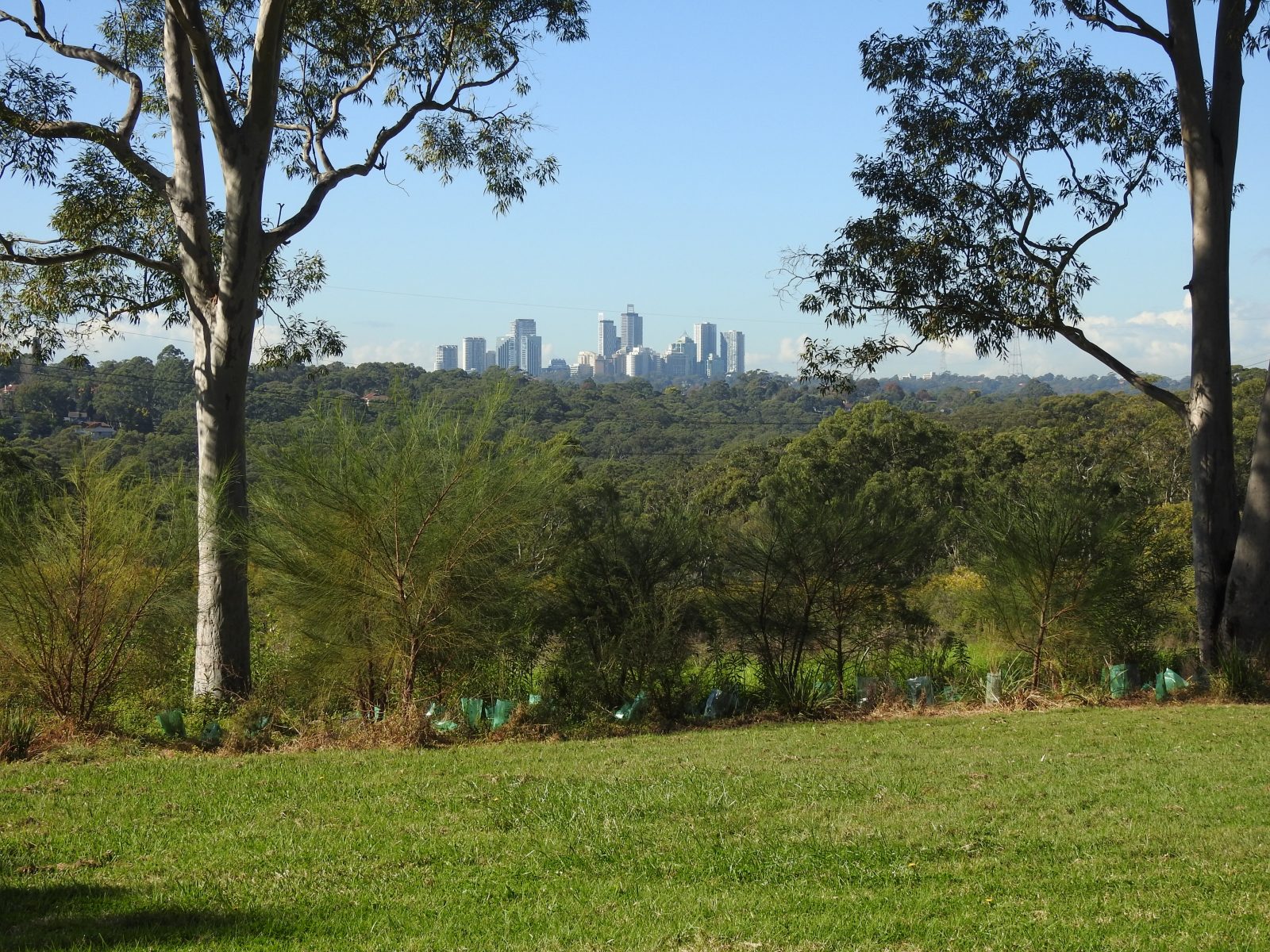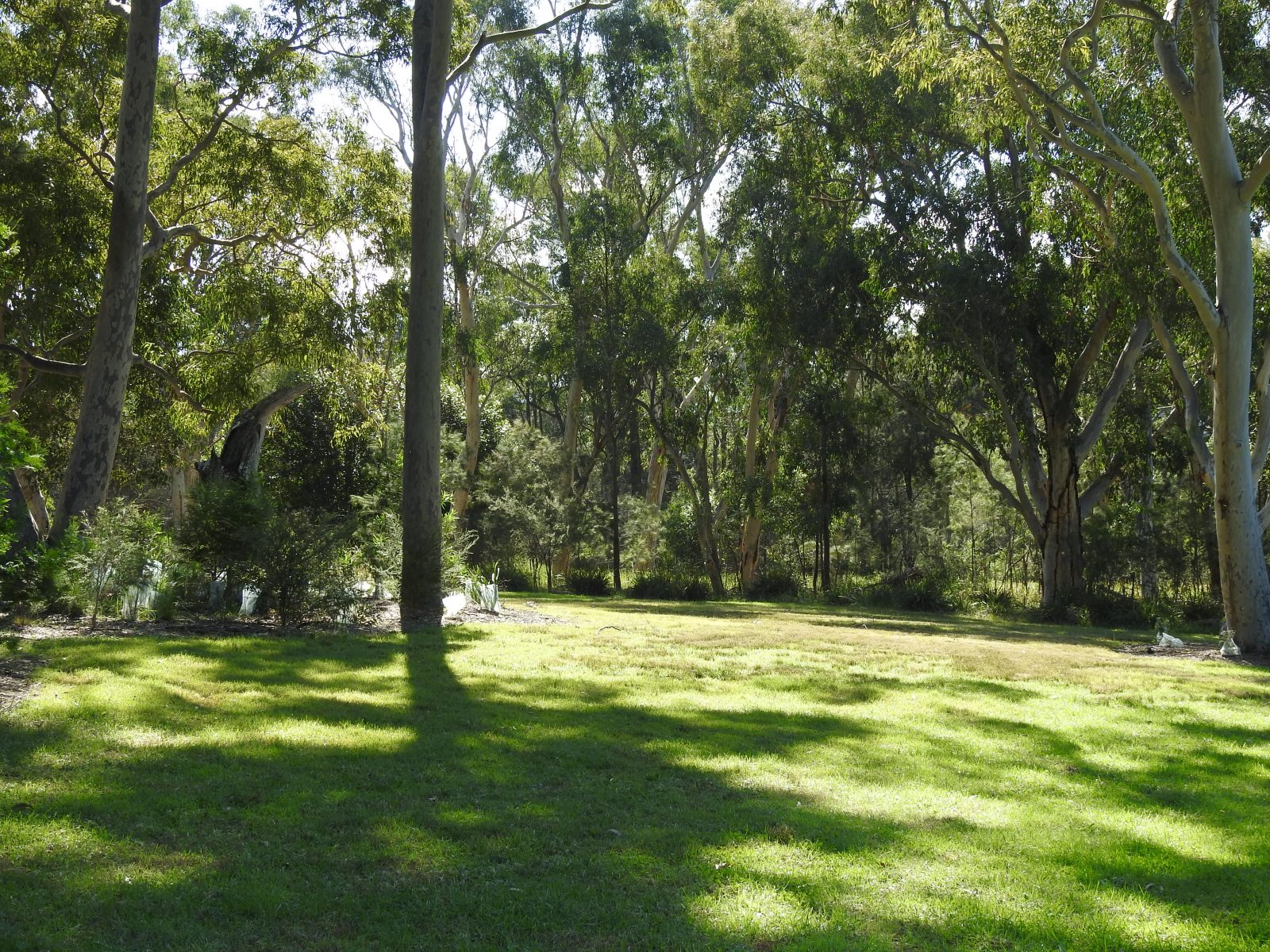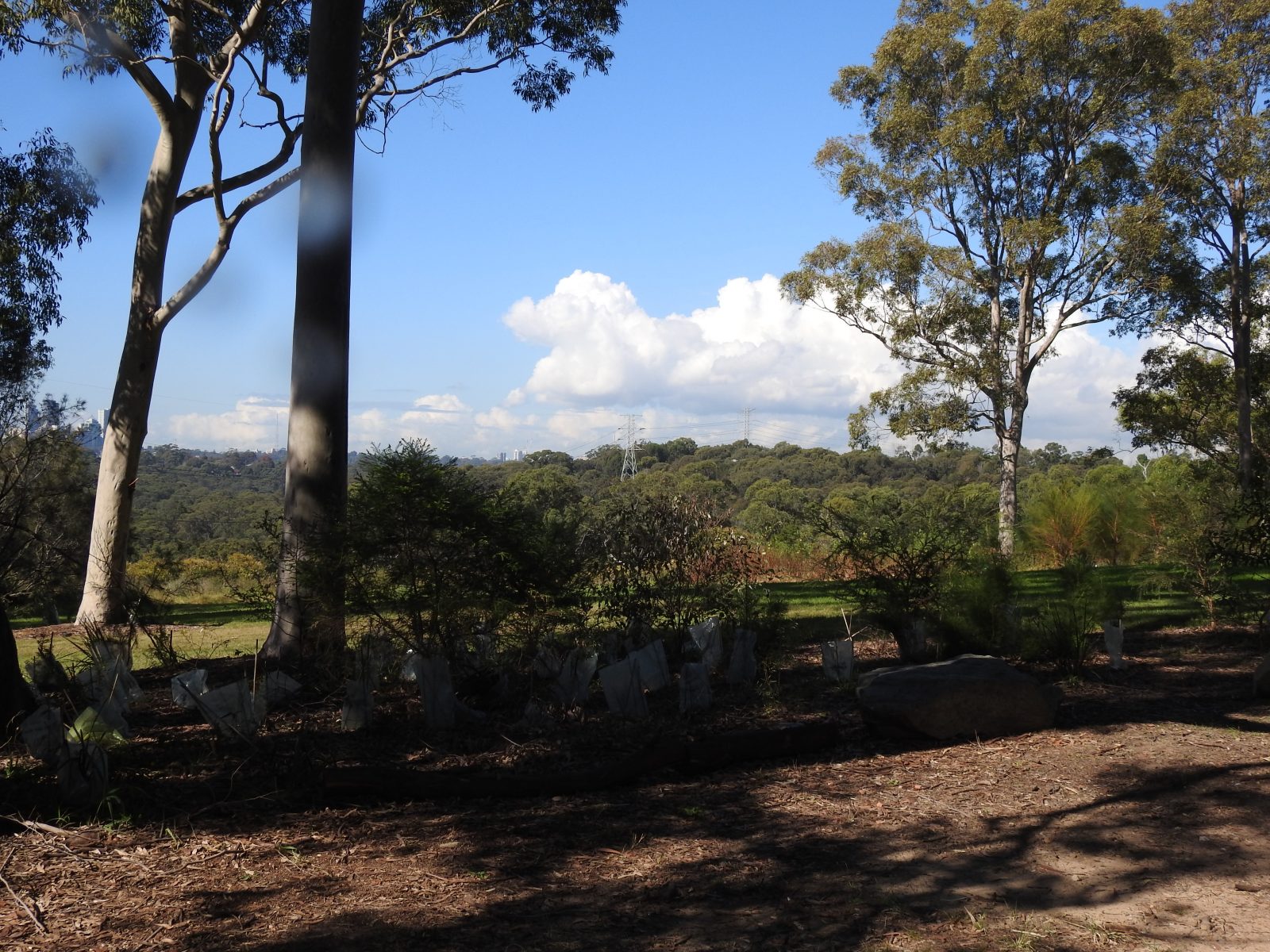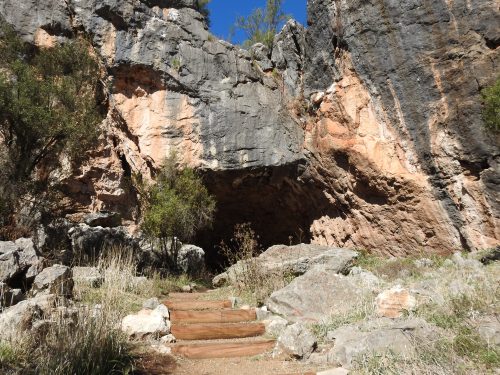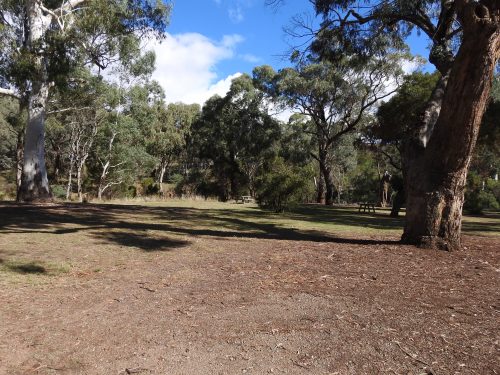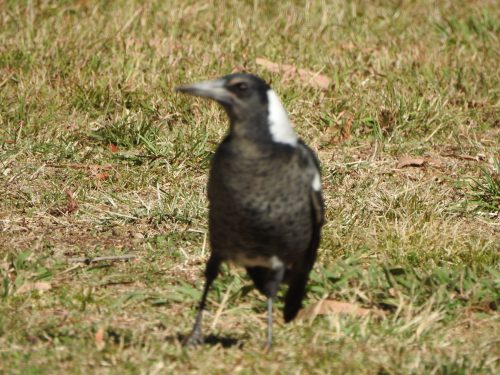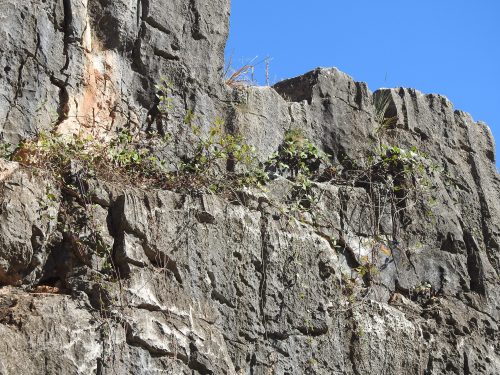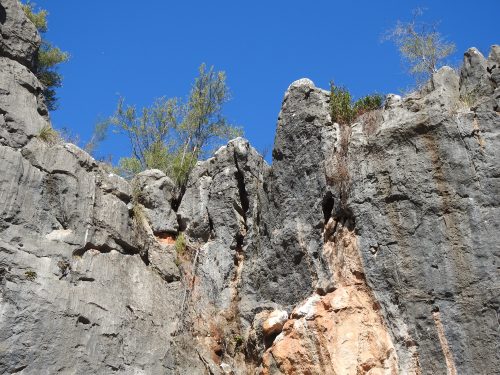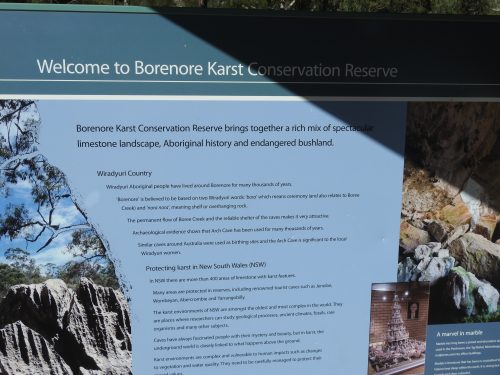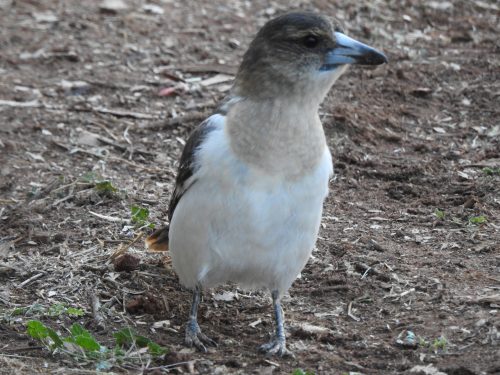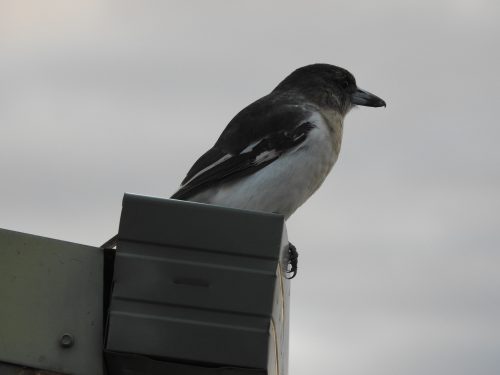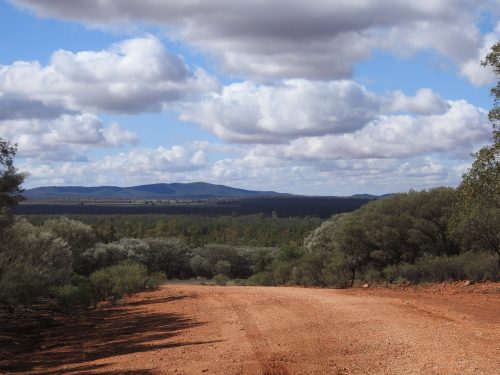
Round Hill Nature Reserve near Lake Cargelligo
During my stay in Lake Cargelligo last month, I planned on staying two nights and having a full day of birding around the district. My main aim was to visit the Round Hill Nature Reserve north-west of Lake Cargelligo. I had previously experienced this reserve some 12 years ago. You can read about that visit in the further reading section below.
Bogged
The whole region around this reserve and for a radius of over 100 kilometres there was evidence of recent heavy rain. Lake Cargelligo had recorded over 50 mm (2 inches) of rain in the days just before I arrived. I was therefore very cautious about getting off the sealed road and onto the dirt tracks leading through the reserve. I did manage to briefly get bogged in the mud at one point, but fortunately, the front wheels were on firm ground and putting my vehicle briefly into 4WD got me out in seconds.
Lunchtime birding
I found a good spot on the firm ground off the track to park and have my packed lunch and a cup of tea. While I ate and drank I kept a record of the birds I saw and heard. It was disappointing, however, that the bush surrounding me was very quiet. I had observed on the way in that not many of the mallee trees were in flower. Consequently, there were very few honeyeaters around. I did get one reasonable photo of a White-eared Honeyeater (see photo below). That was the only glimpse of this bird I had and you can only just see the white patch on its ear.
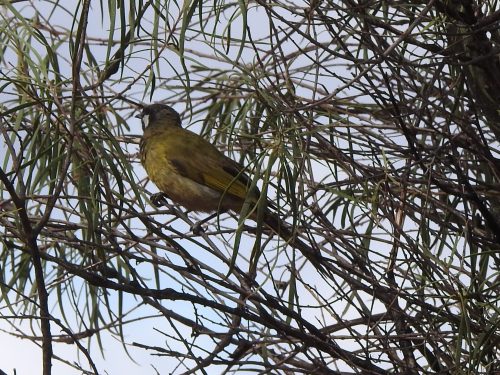
White-eared Honeyeater, Round Hill Nature Reserve
I the distance I could hear a Crested Bellbird but it seemed too far off to chase up for a photo. Two Ringneck Parrots flew past me at one point. They were probably the Mallee Ringneck sub-species. At one point I saw a single bird that puzzled me. I chased after it and approached reasonably close but the light was coming from behind the bird making identification difficult. It was not doing anything of note, nor did it call. These are clues helping one to identify a bird. I managed a few photos but didn’t hold out much hope of getting a good shot.
Thankfully, by enhancing the photos digitally a little I could easily see that I had seen a Spotted Bowerbird, not a species I have seen often in my travelling (photo below).
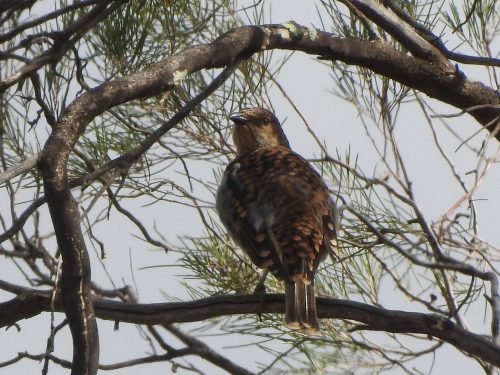
Spotted Bowerbird, Round Hill Nature Reserve
After lunch, I moved to a short track on top of the crest in the road, right next to Round Hill itself. This proved far more fruitful and I added the following species to my modest list:
- Australian Raven: several seen and others calling.
- Weebill – about 8 seen and others calling.
- Yellow-rumped Thornbill – about five seen and one photographed (see below).
- Chestnut-rumped Thornbill – only one sighted briefly.
- Varied Sittella – a small group of 4 which moved on before I could focus my camera on them.
- Australian Magpie – several seen along the road.
- Rufous Whistler – one calling nearby.
- Grey Shrike-thrush – one calling nearby.
- Spiny-cheeked honeyeater – just one seen.
The only other bird I saw was a male Red-capped Robin. I remember taking a photo of a male robin in exactly the same spot on my visit 12 years ago. This time I was not so lucky. I waited patiently for some time for the bird to come into view again but to no avail.
I will post another trip report in a few days’ time.
Good birding,
Trevor
Further reading:
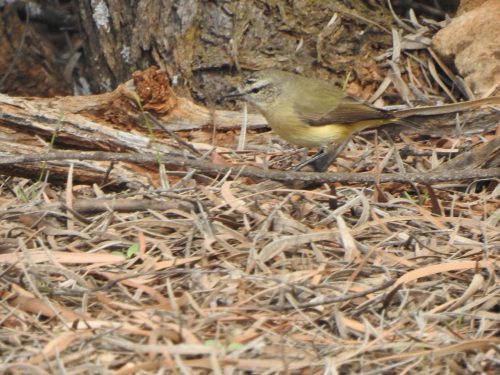
Yellow-rumped Thornbill, Round Hill
